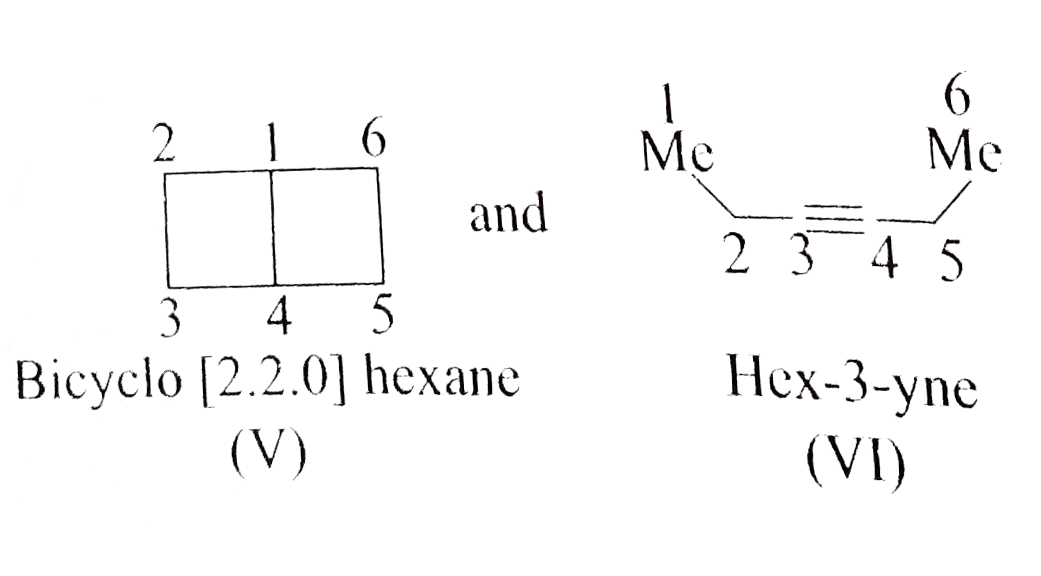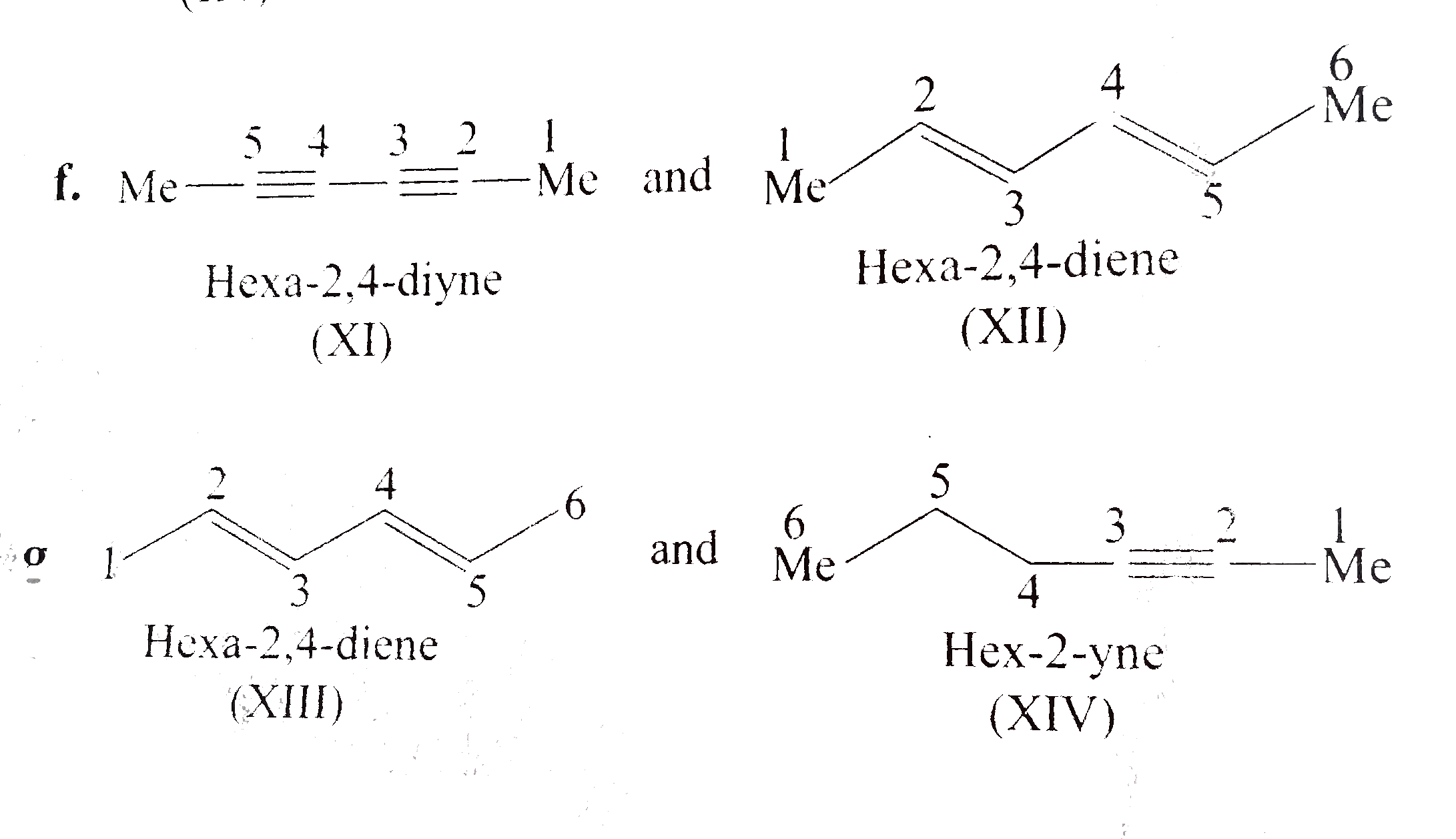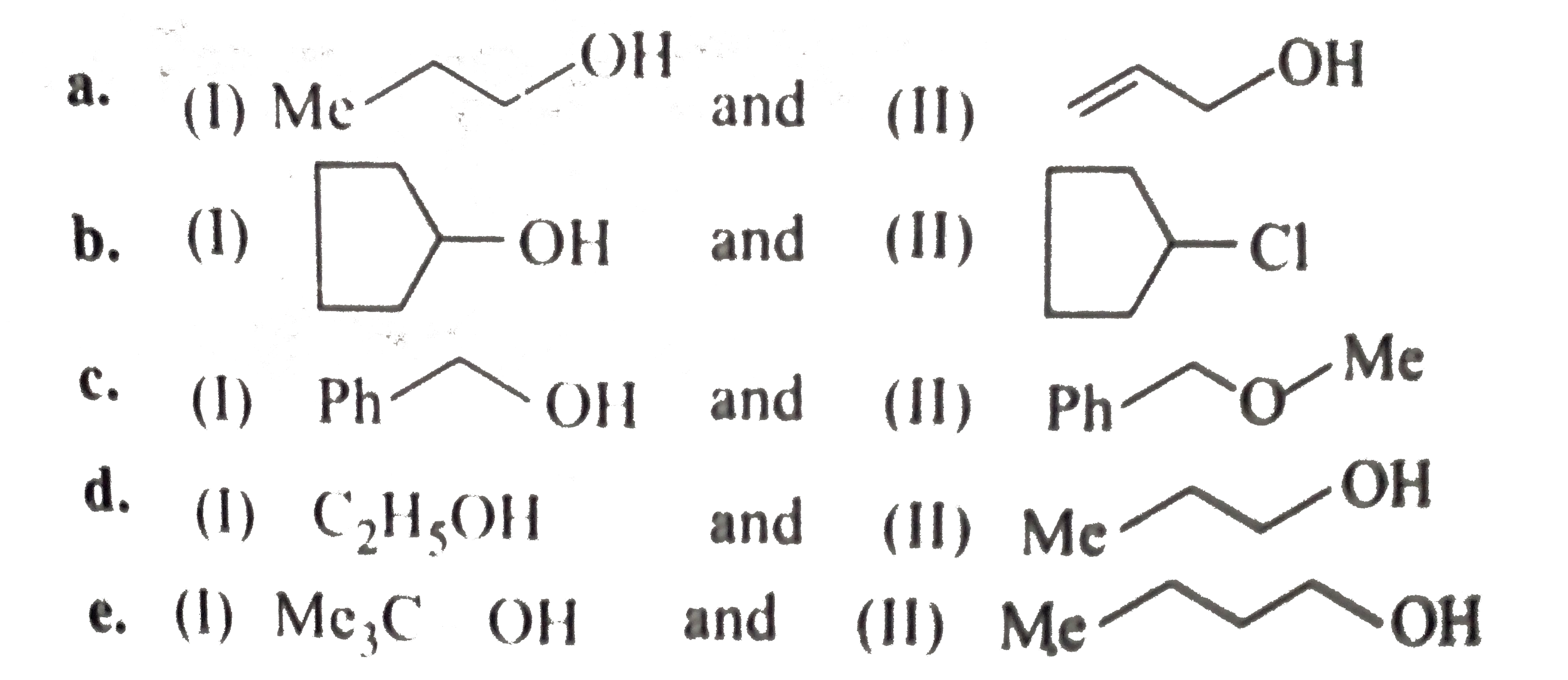Distinguish between the following.
(a) Reticulate and parallel venation
Step-by-Step Solution
1. Definition of Venation: Venation refers to the pattern of veins in the leaf. It plays a crucial role in the transport of water, nutrients, and food throughout the plant.
2. Reticulate Venation:
- Description: In reticulate venation, the veins form a complex, net-like pattern. The veins are irregular and interconnected.
- Example Plants: This type of venation is typically found in dicotyledonous plants (dicots), such as beans, roses, and sunflowers.
3. Parallel Venation:
- Description: In parallel venation, the veins run parallel to each other and do not intersect. This creates a more uniform appearance.
- Example Plants: Parallel venation is commonly seen in monocotyledonous plants (monocots), such as grasses, lilies, and bananas.
4. Key Differences:
- Pattern: Reticulate venation has an irregular, net-like pattern, while parallel venation has straight, parallel lines.
- Plant Types: Reticulate venation is found in dicots, whereas parallel venation is found in monocots.
Summary Table
| Feature | Reticulate Venation | Parallel Venation |
|----------------------|--------------------------------------|------------------------------------|
| Pattern | Irregular, net-like | Straight, parallel lines |
| Plant Type | Dicotyledonous plants (dicots) | Monocotyledonous plants (monocots)|
- Description: In reticulate venation, the veins form a complex, net-like pattern. The veins are irregular and interconnected.
- Example Plants: This type of venation is typically found in dicotyledonous plants (dicots), such as beans, roses, and sunflowers.
- Description: In parallel venation, the veins run parallel to each other and do not intersect. This creates a more uniform appearance.
- Example Plants: Parallel venation is commonly seen in monocotyledonous plants (monocots), such as grasses, lilies, and bananas.
- Pattern: Reticulate venation has an irregular, net-like pattern, while parallel venation has straight, parallel lines.
- Plant Types: Reticulate venation is found in dicots, whereas parallel venation is found in monocots.
|----------------------|--------------------------------------|------------------------------------|
| Pattern | Irregular, net-like | Straight, parallel lines |
| Plant Type | Dicotyledonous plants (dicots) | Monocotyledonous plants (monocots)|
Topper's Solved these Questions
- BOOK - PEARSON IIT JEE FOUNDATIONCHAPTER - PLANTS-NATURE'S WONDERFUL FOOD FACTORIESEXERCISE - ASSESSMENT TEST (TEST 1) (Pick the odd one out)5videos
PLANTS-NATURE'S WONDERFUL FOOD FACTORIES
- BOOK - PEARSON IIT JEE FOUNDATIONCHAPTER - PLANTS-NATURE'S WONDERFUL FOOD FACTORIESEXERCISE - ASSESSMENT TEST (TEST 1) (Find the co-related terms.)9videos
PLANTS-NATURE'S WONDERFUL FOOD FACTORIES
- BOOK - PEARSON IIT JEE FOUNDATIONCHAPTER - PLANTS-NATURE'S WONDERFUL FOOD FACTORIESEXERCISE - CONCEPT APPLICATION8videos
PLANTS-NATURE'S WONDERFUL FOOD FACTORIES
- BOOK - PEARSON IIT JEE FOUNDATIONCHAPTER - Plants- Natures Wonderful Food FactoriesEXERCISE - CROSSWORD1videos
Plants- Natures Wonderful Food Factories
Similar Questions
Distinguish between the following pairs:
a. and
and 
 View Solution
View SolutionDistinguish between the following pairs:
a. (I) View Solution
View SolutionDistinguish between the following:
aquaculture and piscicultureView SolutionDistinguish between the following.
Invertebrates and vertebratesView SolutionDistinguish between the following.
(a) Alternate and opposite leaf arrangementsView SolutionDistinguish between the following.
(a) Alternate and opposite leaf arrangementsView SolutionDistinguish between the following.
Protochordates and vertebratesView SolutionDistinguish between the following.
Prokaryotes and eukaryotesView SolutionDistinguish between the following :
(a) Aerobic respiration and anaerobic respiration.View SolutionDistinguish between the following :
(b) Glycolysis and fermentation. .View Solution

